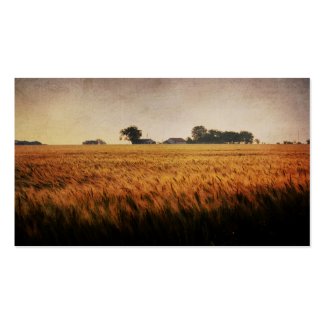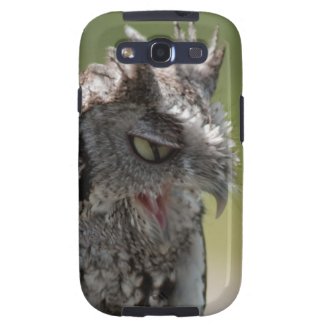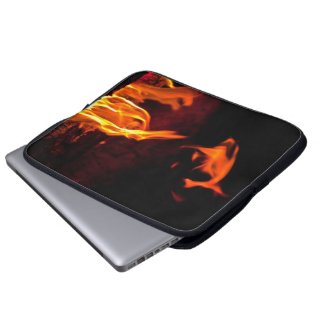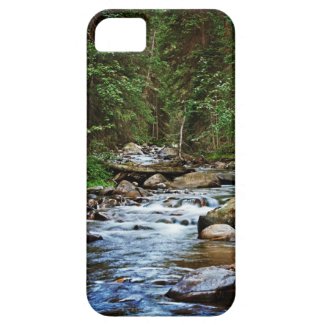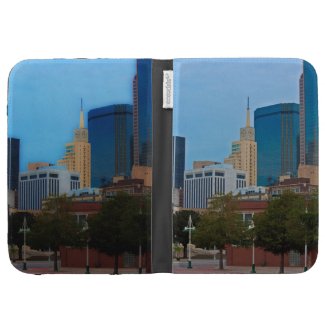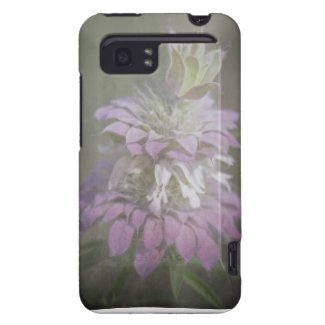 |
| Paluxy River |
We have made a few trips to state parks and wildlife reserves, so from time to time I will post info and photos about the parks we've visited. This time, I will share Dinosaur Valley State Park in Texas.
-----------------------------------------------------
During the Early Cretaceous Period of the Mesozoic Era, Texas was a very different place from what we see now, in both terrain and inhabitants. The evidence can be seen throughout the state, and some of this evidence is open to the public, such as the fossilized dinosaur tracks at Dinosaur Valley State Park near Glen Rose. The Paluxy River winds its way through the valley, here and there offering a window into the past - rock shelves on the riverbed with the tracks of a drama that played out over 118 million years ago.
 |
| The sauropod tracks are across the top, the theropod below. |
At some locations along the river, long trails of tracks indicate the large (30 feet long from nose to tail) theropod Acrocanthosaurus pursuing his prey, the 50 foot long, 30 ton sauropod Pleurocoelus. The photo to the left shows a row of tracks from a sauropod across the photo and below that is a row of tracks from the theropod. Pleurocoelus lumbered along on four legs, and in this photo, its steps are closer together, in relation to its size, than the Acrocanthorsaurus which walked on two legs and was more nimble and probably running when these tracks were made.
 |
| Large round tracks of the forefoot of the Pleurocoelus |
The photo to the right shows a complete track, large and rounded, made by the forefoot of a Pleurocoelus. To the right and above is a track made by the huge creature walking more on its toes. There are also two clear prints from an Acrocanthosaurus in this shot.
 |
| Numerous tracks from different types of dinosaurs |
Other areas, as in the photo to the left, reveal a mass of tracks where numerous representatives of these reptiles lived their lives in this once coastal area, along the shore of a shallow-water marine lagoon.

Here and there among the 20+ inch long tracks are sprinkled smaller tracks that could possibly be from one of the other dinosaurs that have been identified in fossil remains in the Texas and Oklahoma area - an ornithopod such as Iguanodon or Tenontosaurus, or a smaller theropod, or one of the hypsilophodontids. These have all been identified in the fossil record of Texas.

It is an incredible sight, these tracks that look as though they were made yesterday. Unfortunately, once tracks become exposed to the elements, they begin to erode and crack and degrade until nothing is left of them. Some have been removed and are on display at museums such as the American Museum of Natural History in NYC.

In addition to encouraging contemplation about the idea of dinosaurs roaming the area, Dinosaur Valley State Park is a wonderful place to hike, relax in the peace and quiet, and enjoy nature, or bring your horse and explore the equestrian trails. It's a terrific spot for photographers, especially in the spring when the wildflowers are blooming. There are also other fossils that can be found from time to time along the river, such as this one pictured below that we found on a dry section of riverbed. That is a man's foot next to it, so some of these fossils are pretty large. If you get the chance, visit this wonderful park. If not, then visit one or more of my shops to see a selection of my photos taken at the park.

 |
| Dogs on leash are welcome. |















